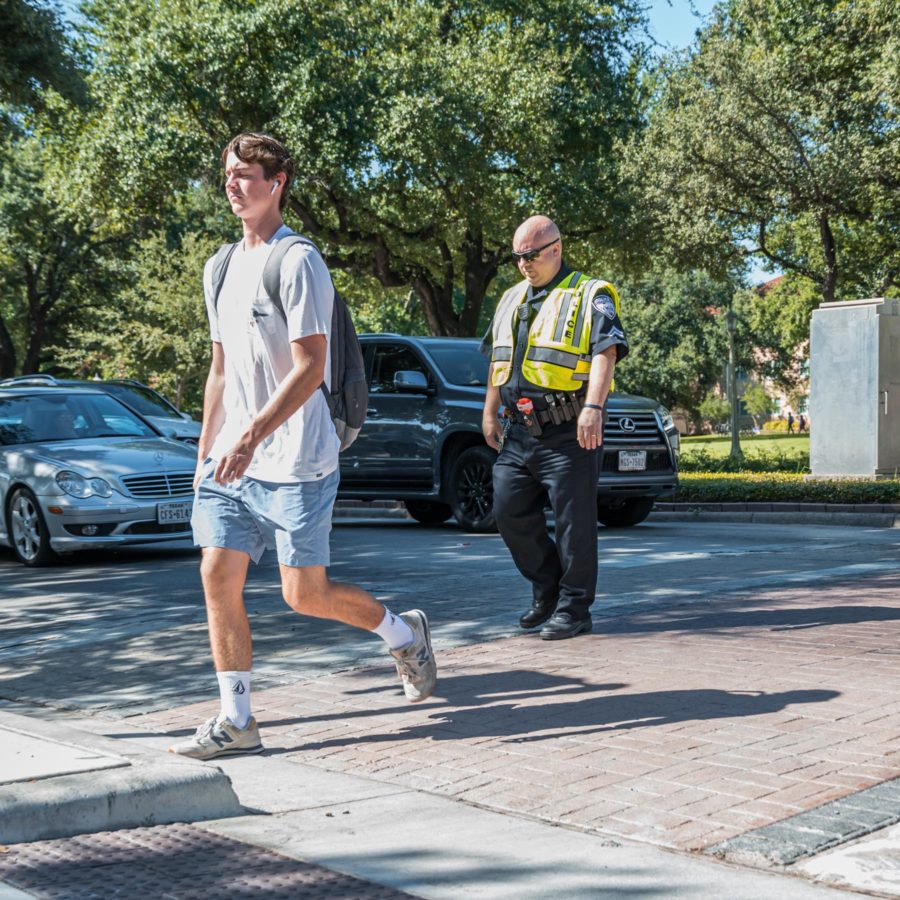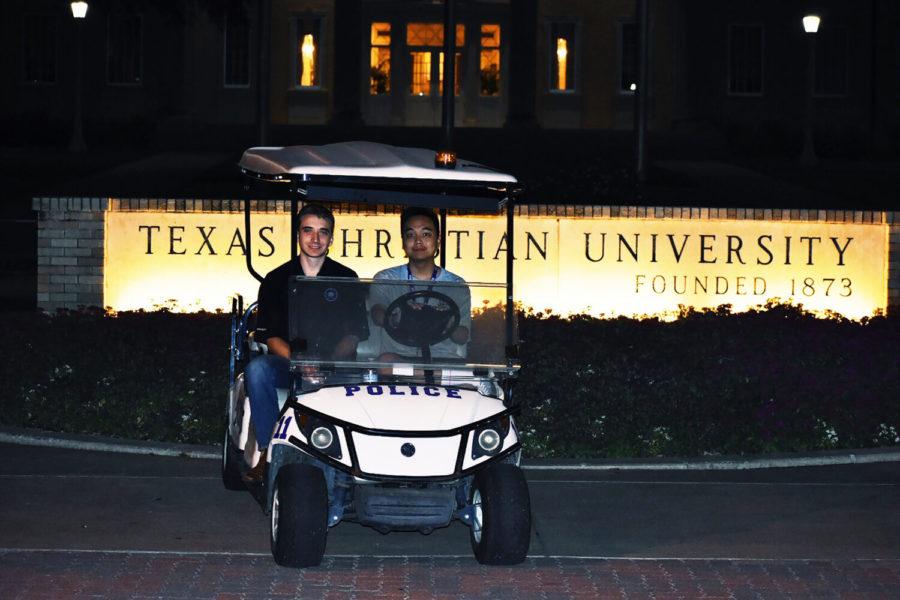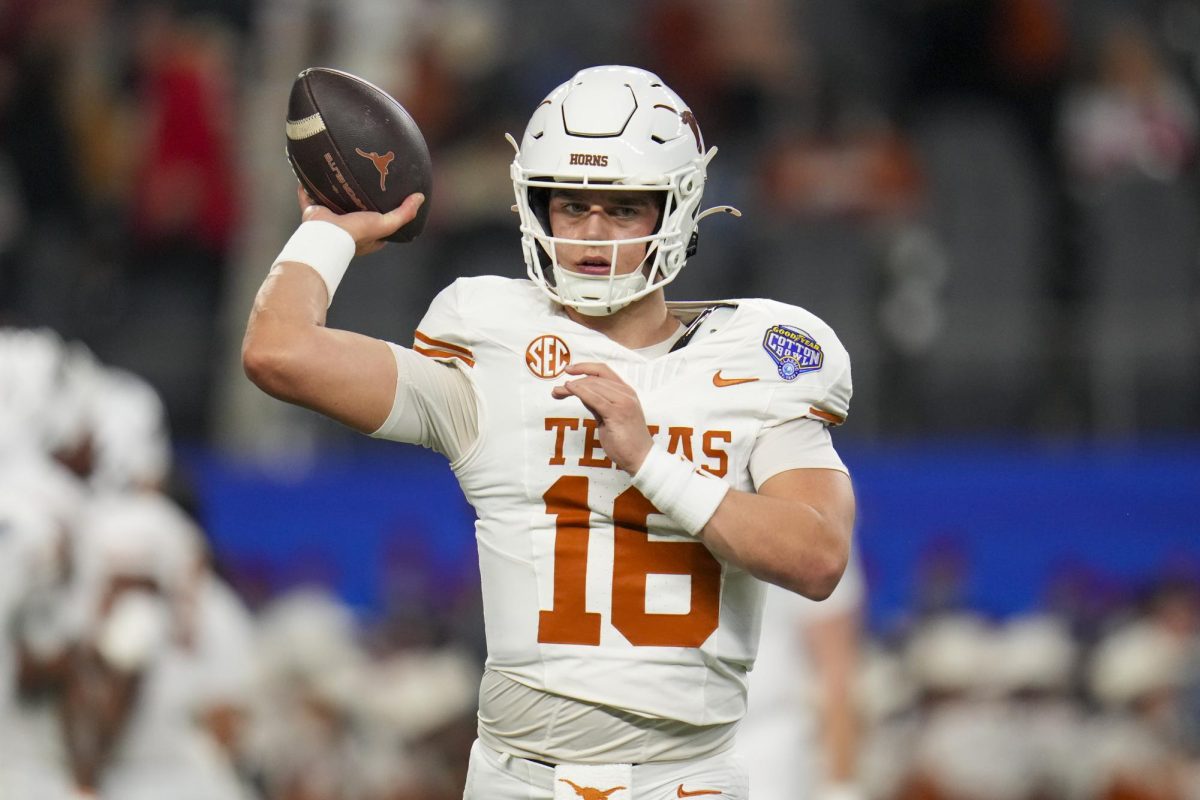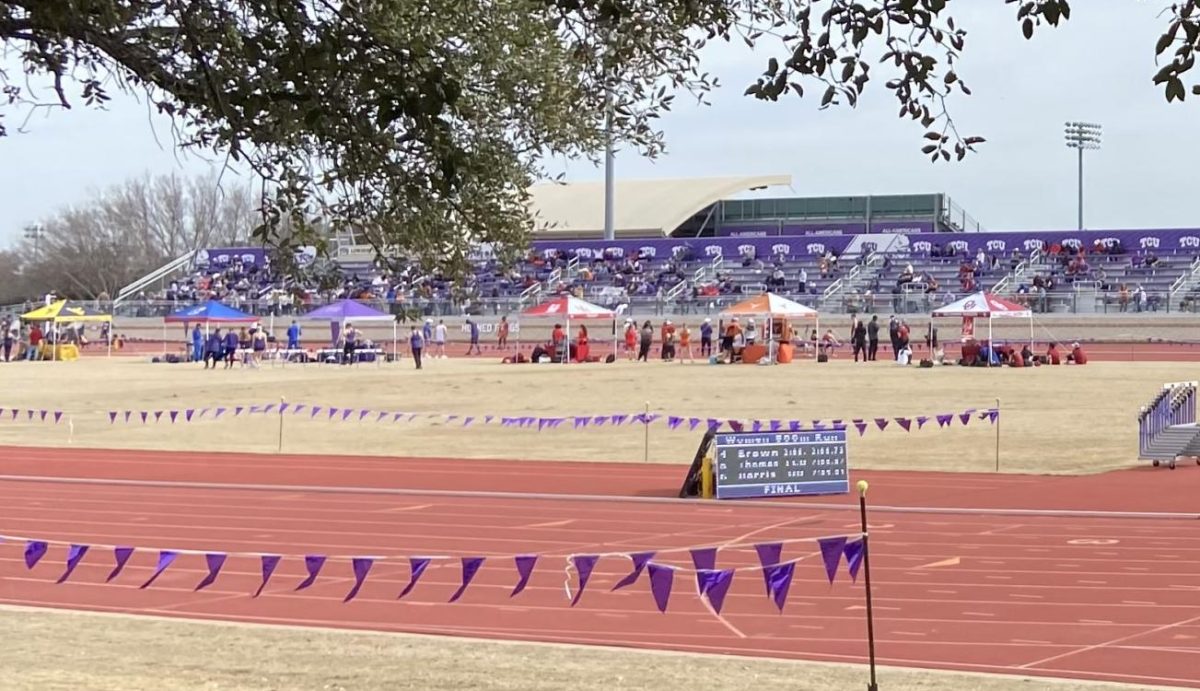In 2017, Texas residents Lisa Torry Smith and her 6-year-old son were hit by a car in a crosswalk near the school. Torry Smith died, and her son was seriously injured.
According to the State Bar of Texas, “The driver was charged with criminally negligent homicide, but that charge was eventually no-billed by a grand jury.”
The grand jury decided that, since the driver was in no way illegally or unsafely driving, they could not charge the individual with criminally negligent homicide.
According to the Texas Penal Code, the risk the driver takes must constitute a “gross deviation from the standard of care that an ordinary person would exercise” to qualify as criminally negligent.
Torry Smith’s family and lawyer and many others began advocating for stricter crosswalk laws.
“Every single person that we spoke to whether they were a Democrat or Republican or Independent, everybody has crossed the street at some point in their life,” Torry Smith’s mother said to KXAN in 2024.
“And everyone, no matter which party they were affiliated with, was shocked, frankly, to hear that under Texas law, it wasn’t a crime to kill someone or injure someone in a crosswalk.”
As a result, Rep. Ron Reynolds and Sen. Joan Huffman proposed Senate Bill 1055. Gov. Greg Abbott signed into law the Lisa Torry Smith Act on June 18, 2021.
Essentially, the law creates a “stop and yield” duty for all motor-vehicle operators before driving over a crosswalk. Furthermore, it makes it criminally negligent to operate a motor vehicle in a crosswalk to in any way cause bodily injury to a pedestrian, cyclist or likewise vulnerable crosser. According to the law text, the offense is classified as a Class A misdemeanor.
The law remained untouched until the current legislative session, where, if it can progress beyond the intent calendar before June 2, one seemingly bipartisan bill will amend the definition of a crosswalk.
The current definition of the crosswalk includes the portion of a roadway designated with surface markings as a pedestrian crossing and the portion of a roadway at an intersection within connected lateral lines of sidewalks or curbs on opposite sides of the road.

According to the Lisa Torry Smith Act, which relies on the definition of a crosswalk, causing an individual bodily injury while driving a motor vehicle within those areas is criminally negligent. Sen. Sarah Eckhardt, District 14, however, found the loophole.
By the current law, pedestrians are not protected by the Lisa Torry Smith Act when walking from sidewalk to sidewalk across a driveway that may or may not intercept a public roadway.
“Law enforcement, district attorneys, and public safety advocates have expressed concern that the current definition of a crosswalk does not include where a roadway intersects with a driveway or private drive, which are not publicly maintained,” Eckhardt writes in her statement of intent.
“Therefore, it is unclear if the Lisa Torry Smith Act protects pedestrians and vulnerable road users who are legally crossing a driveway to continue on the sidewalk.”
Essentially, causing bodily injury to an individual while driving a motor vehicle across a driveway would not be criminally negligent unless the driver took other risks constituting a “gross deviation from the standard of care that an ordinary person would exercise,” such as speeding.
SB 1013 looks to expand the definition of a crosswalk in Texas law to include driveways that intercept sidewalks running parallel to a main road.
Spencer Schumacher of Eckhardt’s office did not respond to an interview request via email.
After the Lisa Torry Smith Act in 2021, the Texas Department of Transportation launched an awareness campaign as a part of its “Be Safe. Drive Smart.” program. The program vocally supports many legislative efforts to reduce growing pedestrian roadway injuries and deaths.
From 2019 to 2023, TxDOT reported a 22% rise in pedestrian fatalities and a 58% rise in cyclist fatalities.
According to the Vision Zero Network, “Vision Zero,” first implemented in Sweden in the 1990s, is a worldwide movement to eliminate traffic fatalities and injuries while increasing mobility in a safe and equitable fashion.
Pedestrian safety campaigns, as part of Texas’s ongoing “Vision Zero” initiative, list ways for drivers and pedestrians to traverse shared spaces more safely.
According to the campaigns, many accidents may be pedestrian-caused rather than driver-caused. Even the Lisa Torry Smith Act and subsequent amendments only protect pedestrians crossing within their legal right of way.
TCU law professor Rachael Houston said that many collegiate pedestrians are willing to take the risks associated with jaywalking to avoid waiting for the signal and running late.
According to the Texas Transportation Code, pedestrians only have the right of way when crossing with a green light or a walk signal or crossing a crosswalk with no signals entering the roadway leaving reasonable time for the driver to stop.
In the cases of a pedestrian entering a roadway suddenly or jaywalking, the individual does not have the right of way and would not be protected by the Lisa Torry Smith Act.
To be the newest addition to the Texas Transportation Code, SB 1013 has reported favorably in committee votes and was placed on the intent calendar on May 5.







